 08 9371 7711
08 9371 7711 Engineering Blog
Engineering Blog
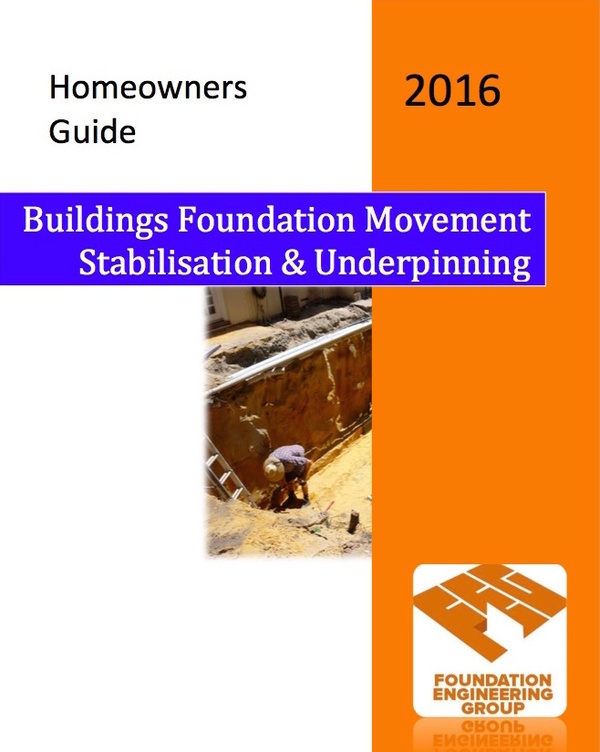
Over time your house foundations move. Where movement exceeds footing deign limits, excess stress will be applied to the footings causing them to bend, crack and or rotate. This stress will be transferred to any concrete slab or wall above, causing masonry cracks and in severe cases compromise your homes structural integrity. To an engineer experienced in building settlement the nature of the cracks can indicate the type of stress load and why it occurred.
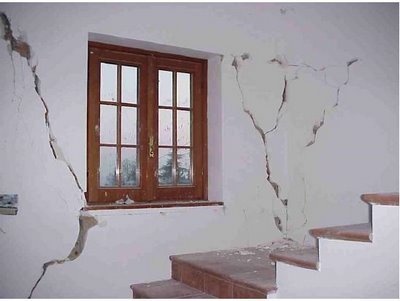
The Usual Causes
Hairline plasterwork and concrete cracks are shrinkage issues and are purely a cosmetic issue and should be treated accordingly. Long, zigzag or stepped masonry and concrete cracks are a concern and need immediate investigation before bigger problems develop.
They are generally caused by:
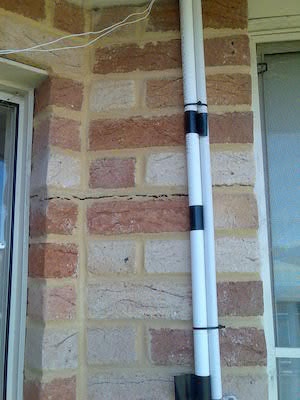
1. Poor Construction Methods
Assuming a qualified engineer designed your homes foundation system and construction was in accordance with ABC (Australian Building Code) it’s unlikely the design or construction method contributed to a problem causing the cracks to appear. When the Code is not followed, sub-standard workmanship and or materials are usually to blame. The Code specifies the design life for a residential dwelling is to be a minimum of 50 years. Reputable and experienced builders understand shortcuts in foundation construction lead to hefty remedial costs during his construction guarantee period and impact on their reputation.
Unless a builders building contract allows for latent ground conditions, (conditions other than that was known or to be reasonably expected), he or his contractor will incur increased building costs. A less reputable builder/contractor might be tempted to take shortcuts to offset these costs and that’s where foundation settlement and movement problems often start.
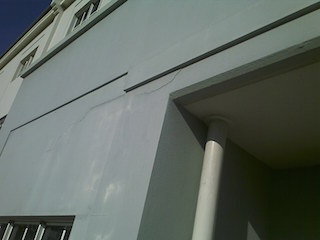

When changes to WA’s Council Building Regulations occurred in 1982 self-regulation became the norm. No longer did Council or Design Engineers site inspect foundation construction. Checks and balances by qualified individuals that were compulsory were now removed by legislation. Many, including some on the legislation review panel and design engineers like us, think that was a mistake.
2. Changing Environmental Conditions
Man made or natural environmental changes can impact on a foundations performance. Buildings that were originally constructed on a piled foundation system such as screw piles or concrete piles are unlikely to be impacted. A slab on ground footing system can be affected by the following changes to environmental conditions:
Problems associated with foundation movement, walls, basements, cellars or swimming pools cracking, may not be evident until years later as the soil under footings slowly moves (consolidates) horizontally towards any nearby filled, but un-compacted excavation that might have been done previously.

3. Building Alterations and Additions
When adding an extension to your existing house the proposed design must consider any impact the new work will have on existing foundations.
The new structure may have foundations located at a lower level, having the potential to expose or compromise your existing foundations.
If you are adding another level to your home existing foundations may need to be upgraded to accommodate any additional building load.
4. Age of Building
Since the early 1900 foundation technology has come a long way. In Western Australia older houses (pre-1950’s) located on sand sites were constructed on simple foundations of “brick on flat”, which consisted of a double row of bricks laid flat on the sand with walls built directly on top.
Another method was the laying of large limestone blocks with double cavity brick walls constructed above. Both created a very rigid structure and assumed virtually no soil movement would occur.
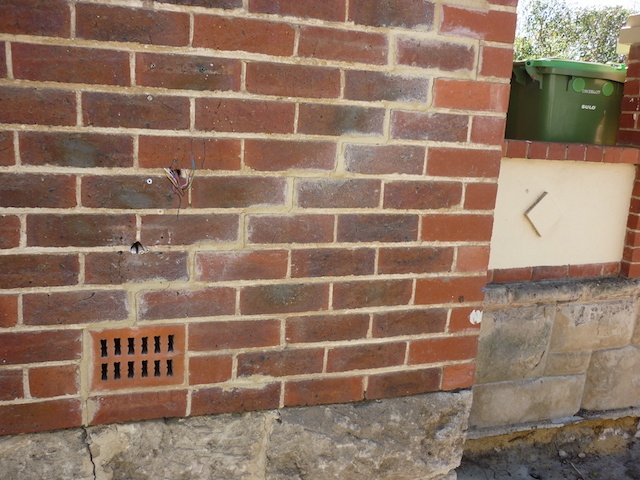
Whilst many houses in excess of 100 years are still standing strong at some point the foundations will move and walls will crack. Sometimes these crack just need Spakfilla to close them up. Then you can wait another 100 years before you have to do it all over again.
One of the biggest problems associated with an older building is environmental change, such as changes to ground moisture content, or where tree removal or close proximity excavation has occurred.
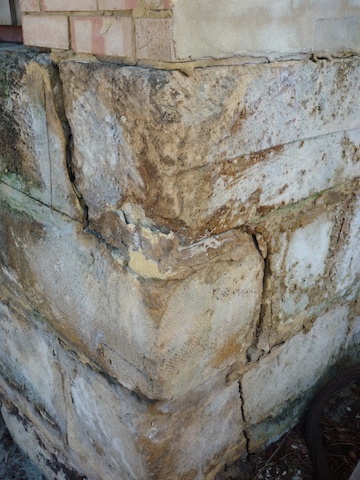
From the 1970’s concrete strip footings or beams with a concrete slab on top were constructed. This system is still used today. A number of design configurations are used to suit the buildings design and type of ground conditions.
Remedial Works (What Can Be Done)
The first indication of foundation movement can be when doors or windows start to or rub excessively or jam when being opened or closed. The second can be the appearance of a fine crazed crack appearing on the wall from the corner of a door or window.
If you are concerned or you think your house is moving you should act as soon as possible. To ignore the cracks and not investigate their cause may result in increasing the cost of repairs later. Early monitoring and recording of movement is vital to a successful outcome, as it usually tells an expert what is happening and why. The procedures below allow for the accurate monitoring of movement:
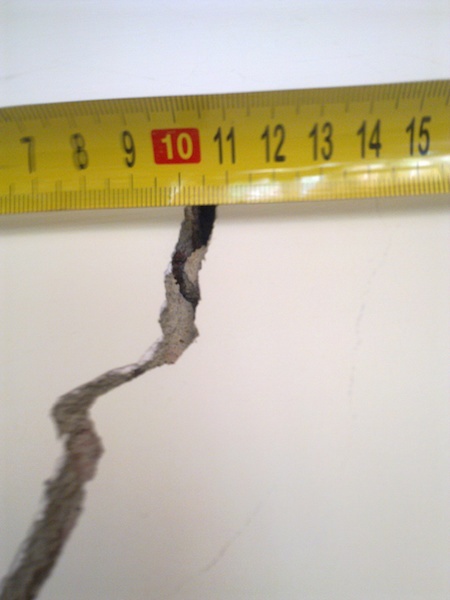
Any continuing movement will be evident. If you are not confident about conducting the monitoring we at FEG can do it for you but remember the more you do yourself the less expensive the whole process will be. Be sure to keep accurate and clear records. The engineer will not rely upon poorly maintained records. He may have to do it all over again…
Note: Where circumstances show obvious structural movement it may be more appropriate for remedial works to be completed quickly to avoid further structural damage and expense. If you have immediate concerns please urgently contact FEG and discuss your concerns with us. We will respond and act immediately.
Once movement has been confirmed an assessment of the buildings foundation system needs to be done by one of our qualified structural engineers. Inspections of the building and ground will take place and a structural engineers report detailing the problem and remedial work options to rectify the problem will be prepared for your and a foundation repair contractors consideration. You should advise the engineer of any known relevant historical events concerning the building and the surrounding area.
There are a number of foundation stabilisation methods available to an engineer including:
The most appropriate method will depend on the nature of the problem, site access and your budget.
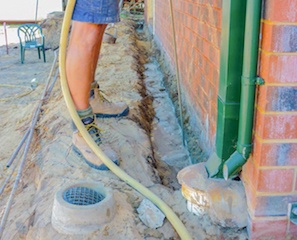
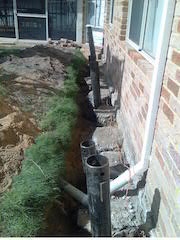
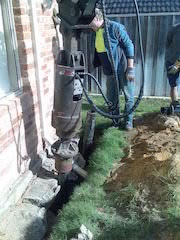
It is possible, though more expensive to jack a foundation and a wall back to its original position. In some cases jacking can relocate the wall back, closing all gaps though this cannot be a guaranteed part of the process. Some crack filling remedial work will still be necessary after the jacking.
Hydraulic jacking is conducted after piles are installed below the effected footings. Any jacking void is then incased in concrete to eliminate all voids and seal in the jack.
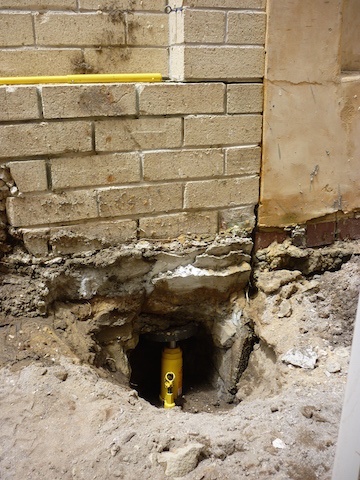
Costs
A Structural Engineers Report cost can vary from $500.00 through to $3,000.00 depending on the extent and complexity of the problem, the amount of investigation and geotechnical testing required.
A “typical report” for the most common causes is generally between $1,200.00 and $1,500.00. The report from Foundation Engineering will include recommended cost effective solutions to conduct the remedial works for your consideration.
The type of remedial work recommended will depend on a number of factors including ground conditions, site access and general disruptions to frequently used areas etc.
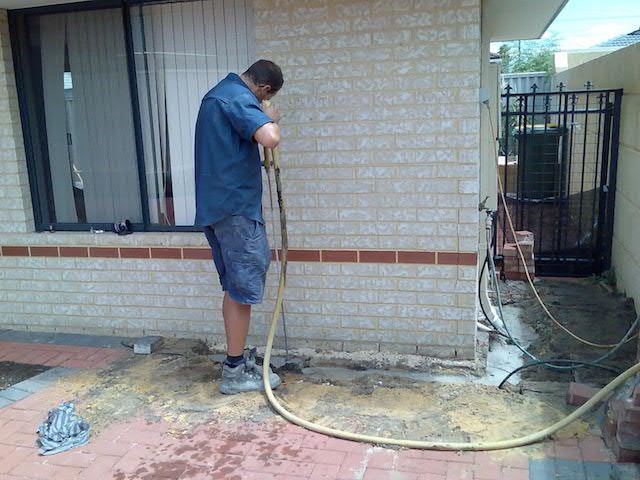
Issues such as the need to jack a building back to its original position are key contributors to costs. Minor works might only cost $1,500.00 whereas whole houses can cost anywhere up to $50,000.00 plus.
The most important point is do not leave your concerns unaddressed. Delays can result in any problems just getting worse plus increased costs.
Five Point Action Plan
For more information on soil and building stabilisation and many more topics please visit our website at www.fegroup.net.au
Share on Twitter Share on Facebook
Comments
My engineer 8 years, 8 months ago
These guys can solve any foundation problems whether a house or mult-storey building or bridges etc. Their expertise in cost effective designs & outcomes are well known throughout the industry. Specialising in microfine cement grout soil injection, concrete pile and screw pile underpinning and various shoring methods such as contiguous piles (contig) board & beam, sheet piles, they design & install the most cost effective method to suit your requirements.
Link | ReplyNew Comment